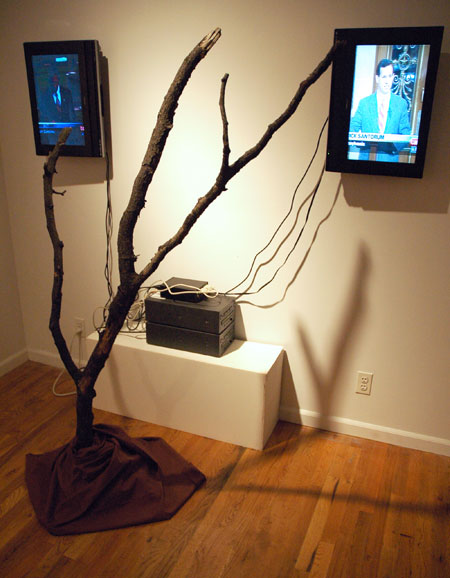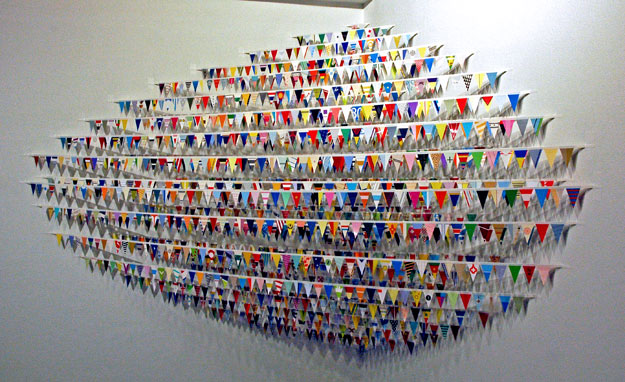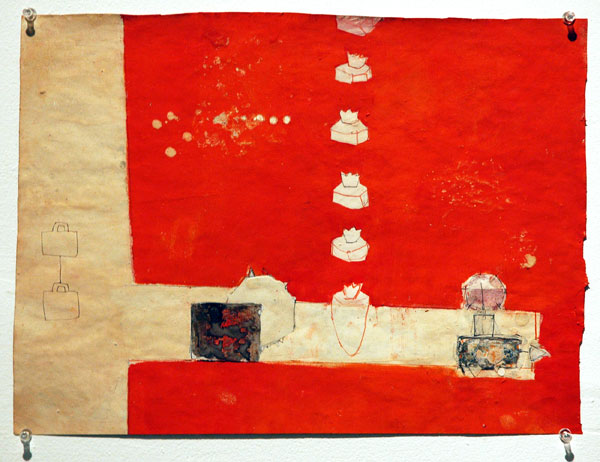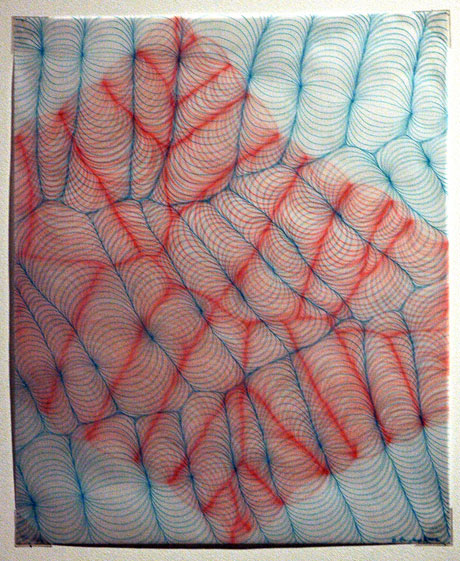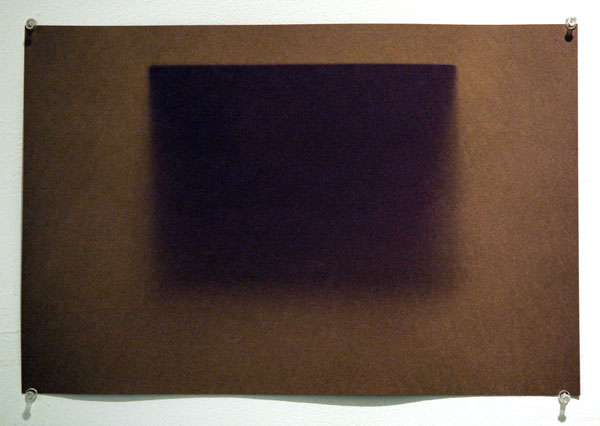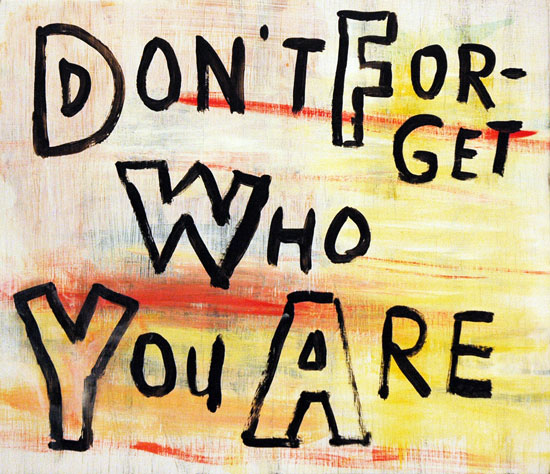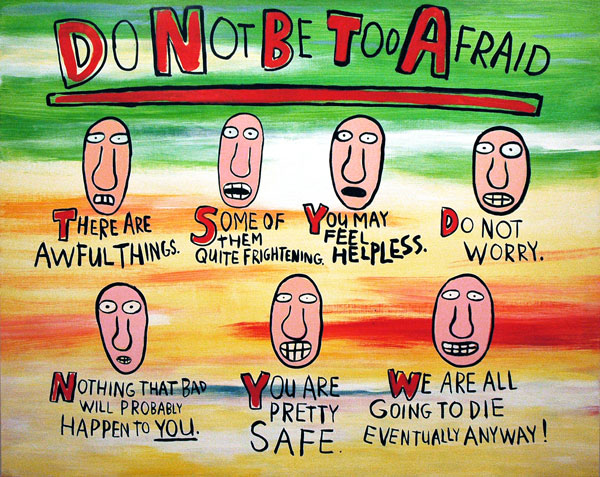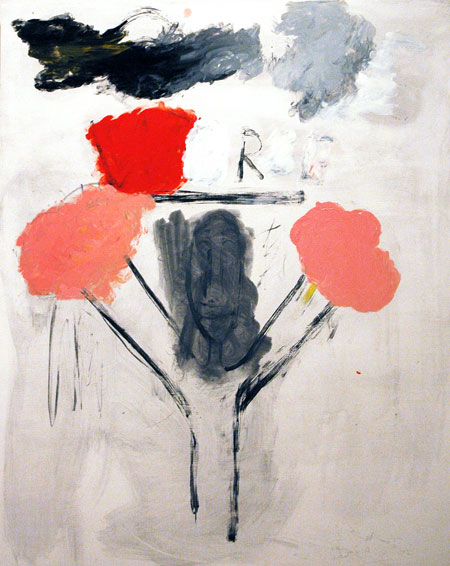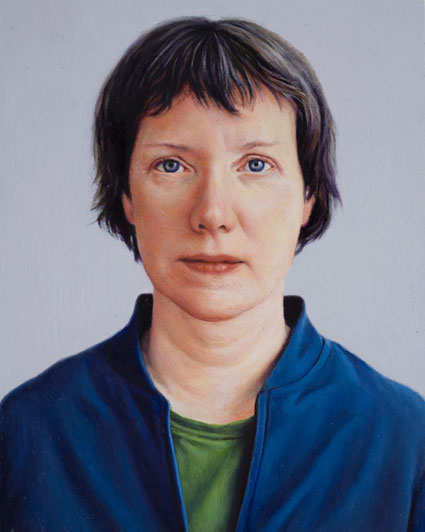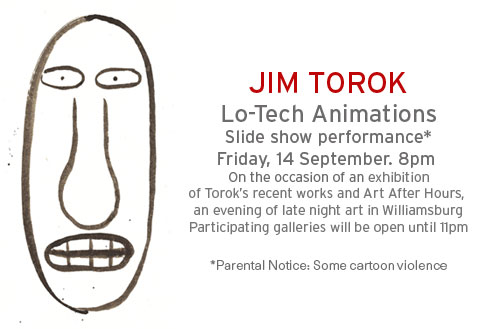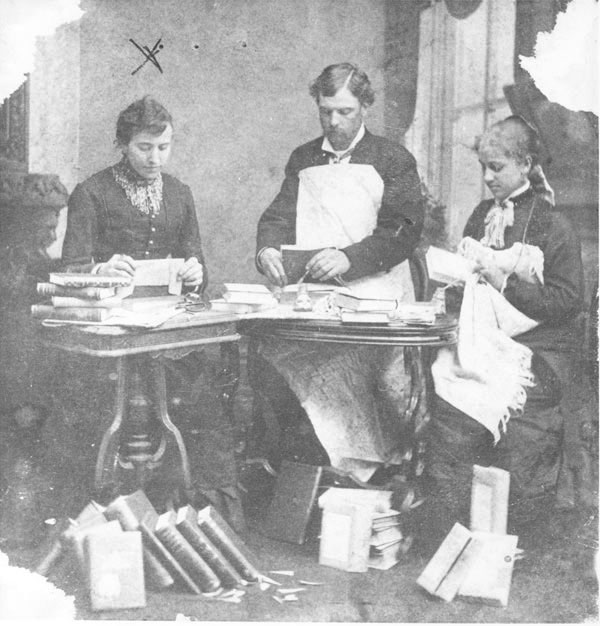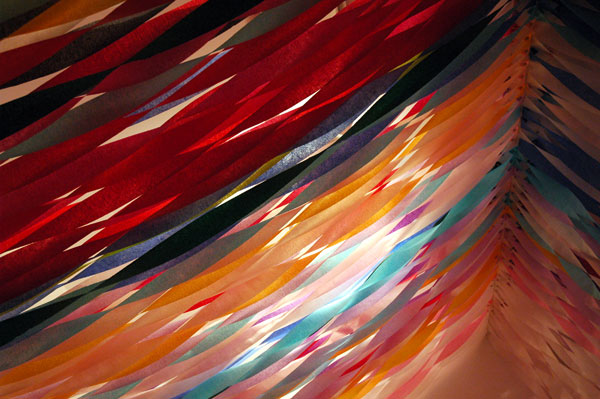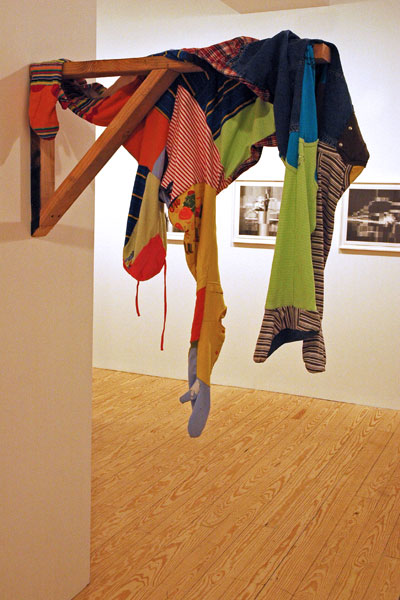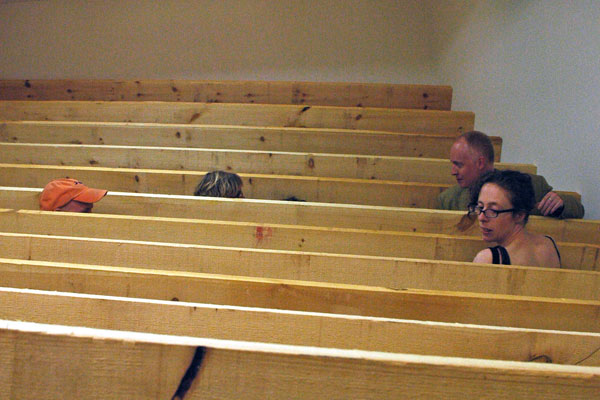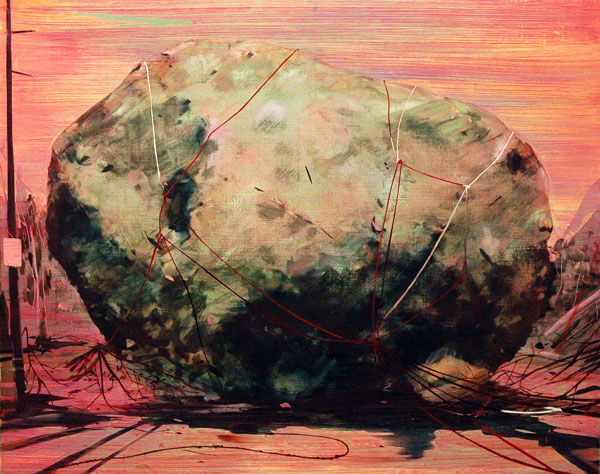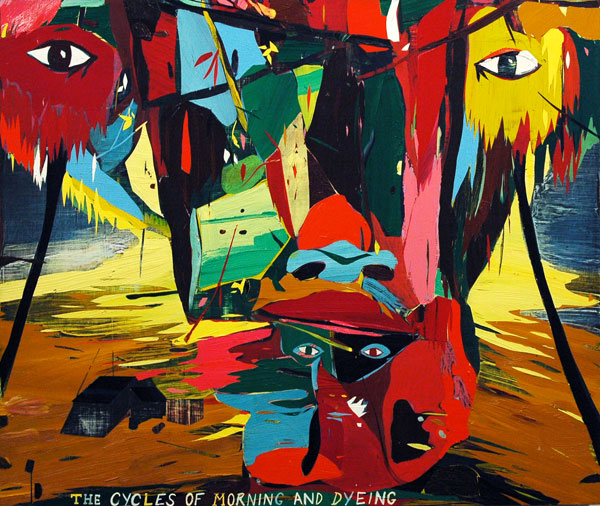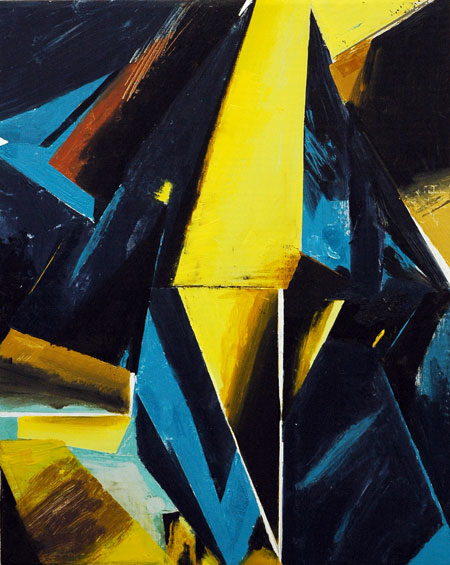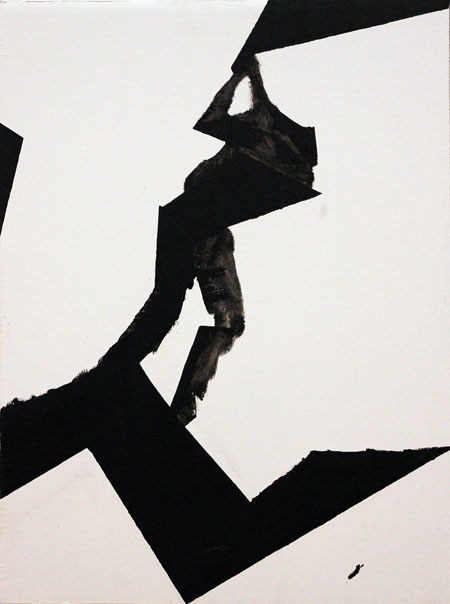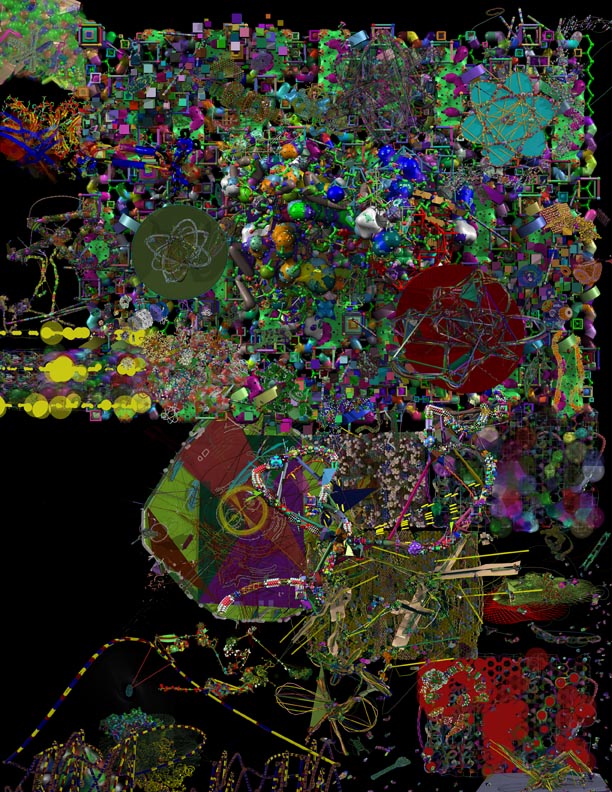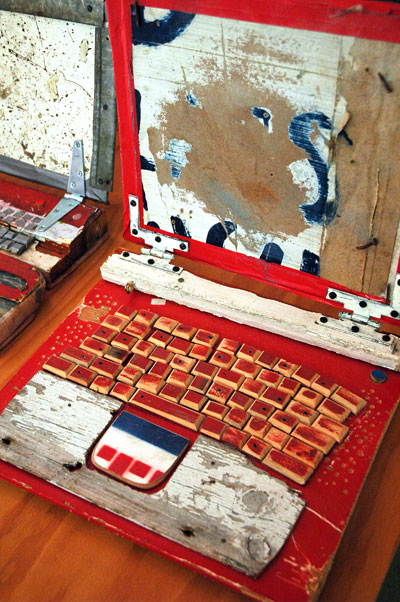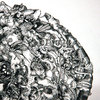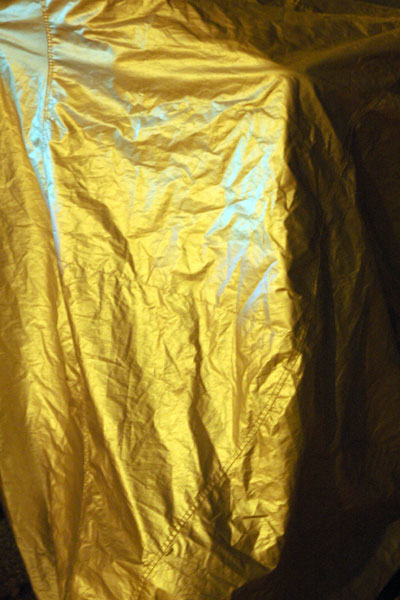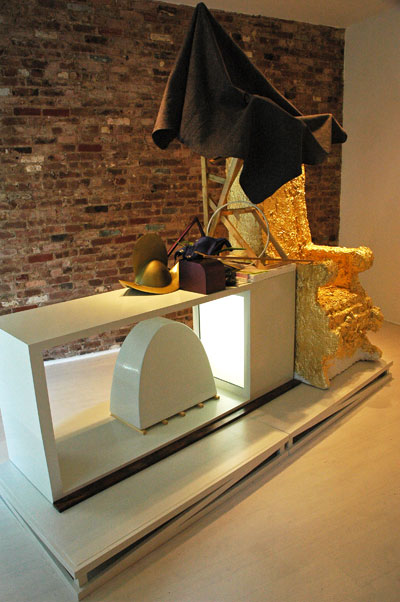
Michael Jones McKean The Astronomers' Ecstasy As They See Solidarity Between Forms 2007 100" x 108" x 44" [large detail of installation]

[detail]
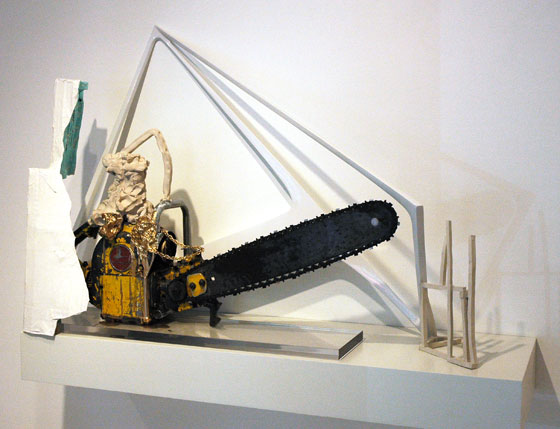
Michael Jones McKean The Allegory of Rule and the Geometry of Wind 2007 36" x 49" x 15" [large detail of installation]

{detail]
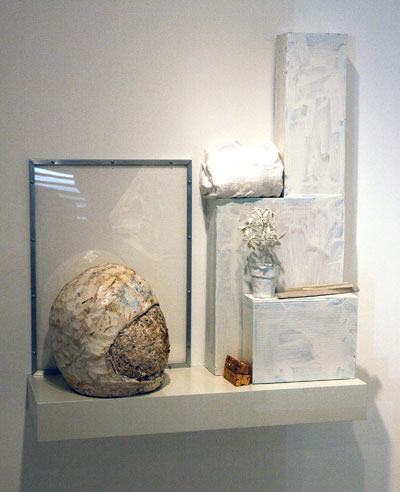
Michael Jones McKean The Freeing of Cosmonaut Volynov and Pitcher Gooden's Song 2007 42" x 36" x 12" [installation view]

[detail]

Michael Jones McKean Our Age of Brass and Ghosts 2007 53" x64" x16" [installation view]

[detail]
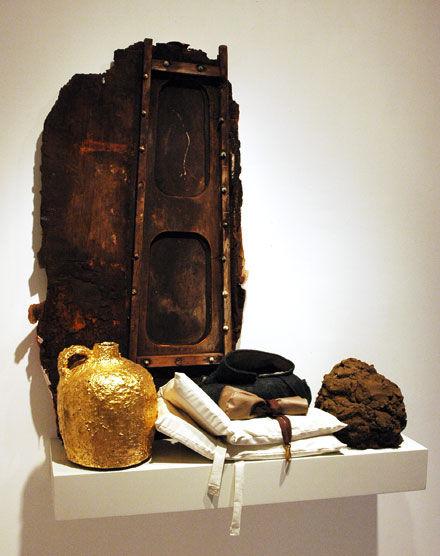
Michael Jones McKean The Ancients 2007 52" x42" x 13" [installation view]

[detail]
Stephen Lichty was the first to introduce Barry and me to Michael Jones McKean's art. I was excited by the images the artist/curator was able to show to us this summer, and later I did a little more internet searching on my own. I read a bit (but, deliberately, not much) about what McKean was doing, and I listened to an interview on line. Now I was really anxious to see the work in person.
We heard that Clayton Sean Horton's gallery Sunday was going to have an exhibition of his work first thing this fall, and I couldn't wait to see it, although I knew I'd miss the opening. I even thought to myself that the scheduling conflict might not be so unfortunate, since I could assume the reception would be crowded and I was familiar with both the modest size of the gallery and the grand scale of much of McKean's work.
In fact I wondered how Sunday was going to be able to show anything at all substantial of the artist's work, even without the additional squeeze threat of an opening night, in the show which came to be called, "The Discipline of Astronomy and Wind".
We visited the gallery and met McKean himself a few days after the exhibition opened. I needn't have worried about my chances of seeing full installations, and remarkably everything there is from 2007. After entering the space we introduced ourselves and then for a while we just walked around and between the five large-ish pieces Horton and McKean had placed so cunningly in two beautiful white rooms.
At the beginning I was certain that I would shortly want some kind of briefing from the artist, since both the materials and their arrangements seemed so alien and abstract, but within a few minutes, I turned to McKean with a wide grin and said, "I don't think I have to ask you anything." So much had already been communicated by the pieces themselves, with a little help from their titles, a rich, evocative list of their materials*, and my own pocket full of history, that no more guidance was necessary. Throughout the nearly 80 minutes [yes!] we spent with it, and even to this moment, the work has continued to speak for itself.
These pieces, each of them mounted on an integral platform resting on the ground or projecting from the wall, are gorgeous, full-dimensional "collage sculptures" in a lavish tapestry of shapes, colors and textures incorporating materials both found and fabricated by the artist. The superb craftsmanship (in all kinds of materials and skills) with which he realizes the incredibly-elegant contours of many of their elements distinguishes McKean's work from much of the sculpture being shown today which may also incorporate ordinary, found materials.
But it's ultimately his aesthetic, combined with a humanism which enables each of his projects to serve as something like an avatar of our relationship to the hopes, dreams and failures of our freaky civilization and the wonderful and mad heroes it regularly churns out, that makes this art so honest, so brilliant, and so unforgettable.
I hope my posting of all these images doesn't look a bit excessive, but not everyone who sees this entry is going to be able to visit Eldridge Street in the next month. Also, I can't recommend McKean's own site enough, for those who want to see more.
There's also this from Grand Arts in Kansas City, and an interview with Public Radio KUHF.
*
see the checklist, available at the gallery, but not on line
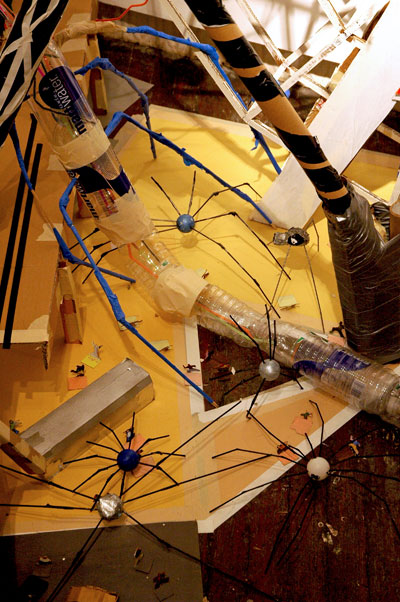
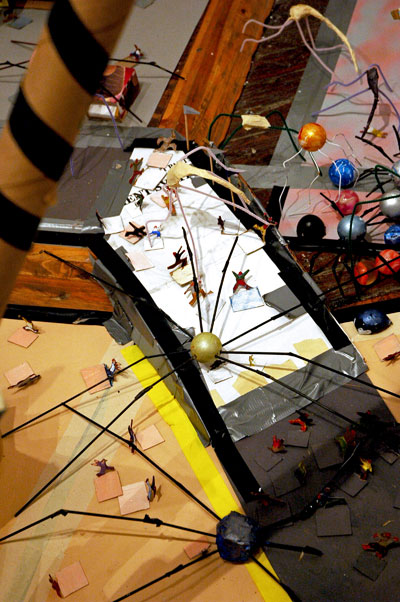
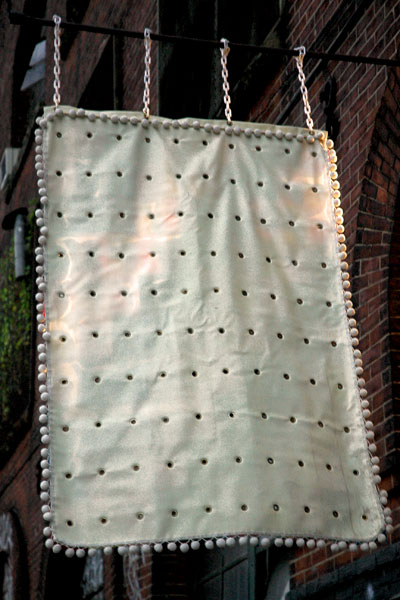
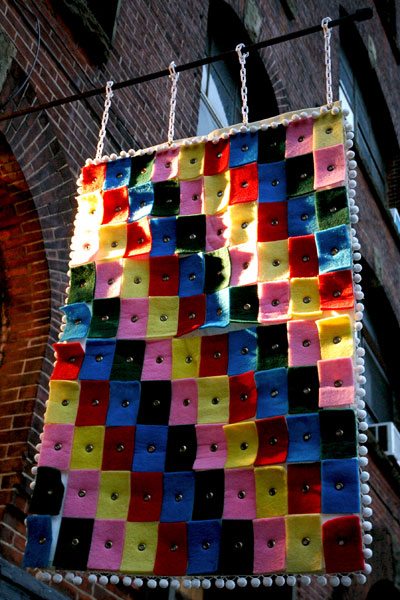
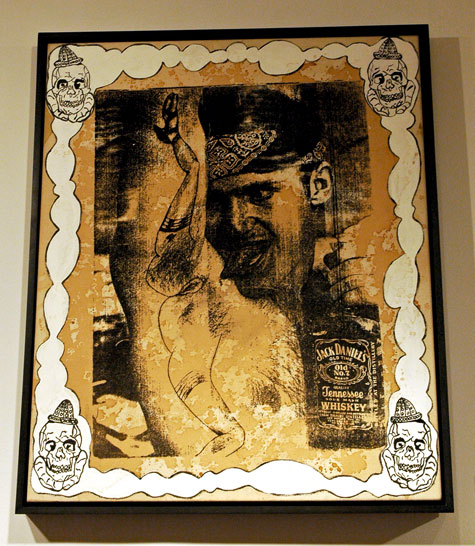

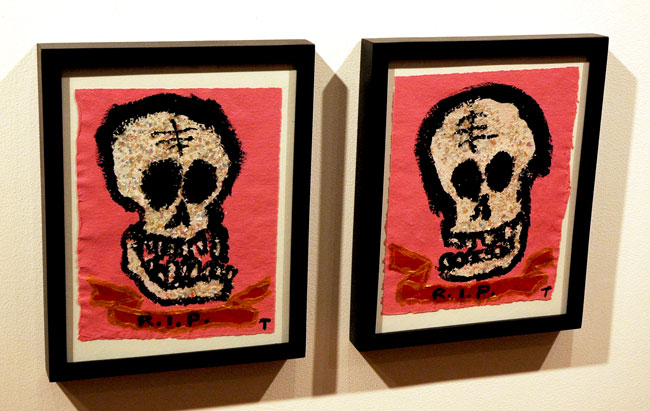
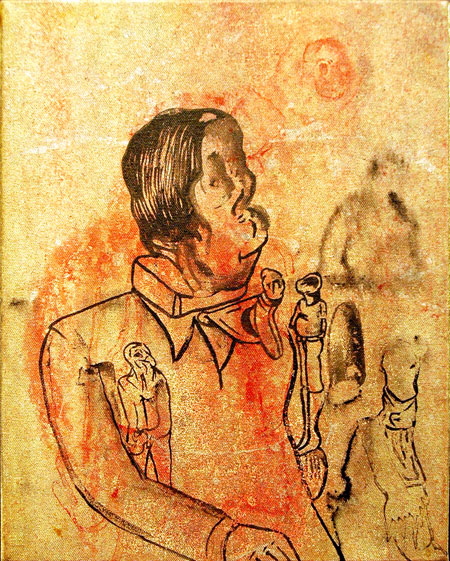
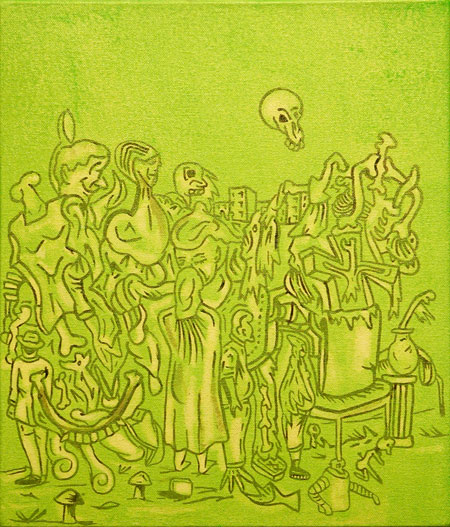
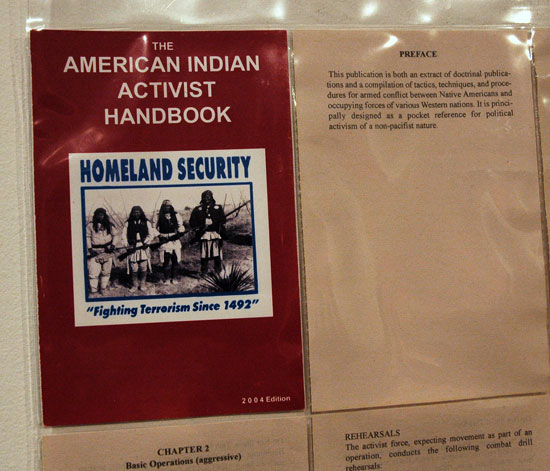
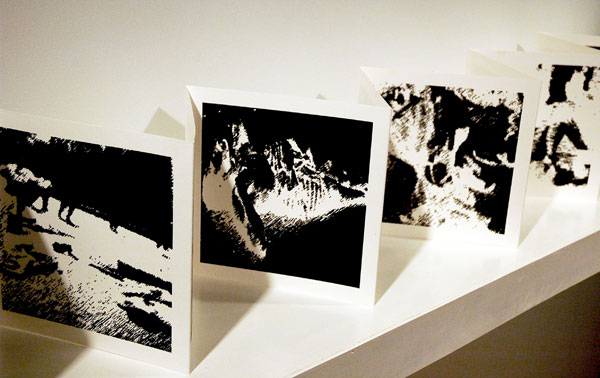
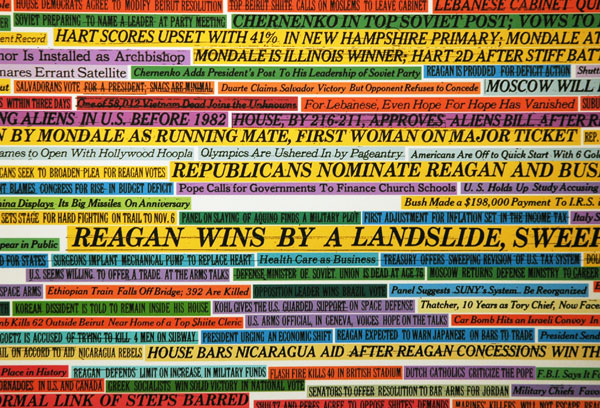 A. J. Bocchino State of the Union (1878-2006) 2007 marker on archival ink jet print 30" x 40" [detail of installation]
A. J. Bocchino State of the Union (1878-2006) 2007 marker on archival ink jet print 30" x 40" [detail of installation]